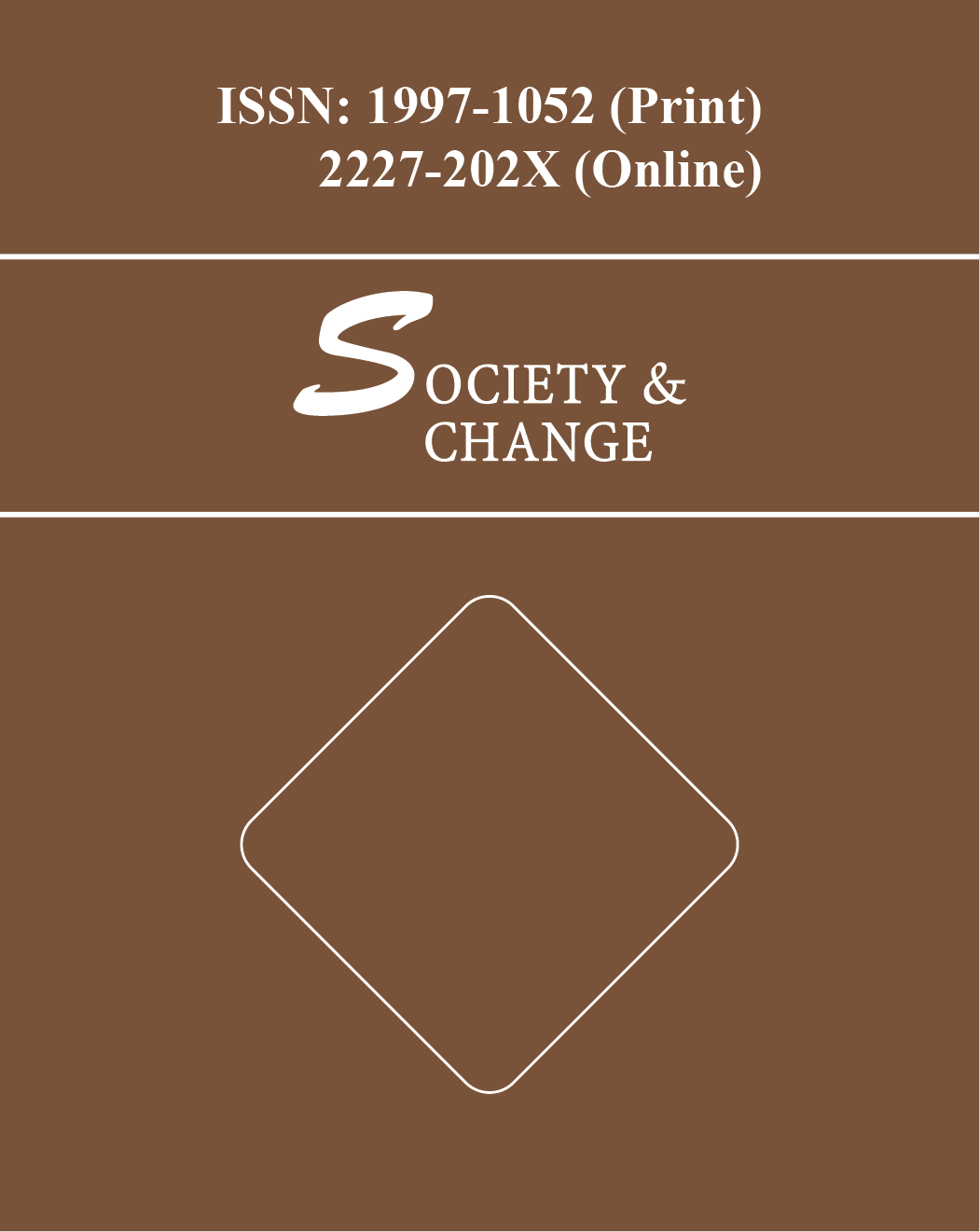Abstract
Shrimp farming plays an important role in providing nutritious food and generating livelihoods for many millions of people worldwide. Asia is the biggest producer of shrimp contributing nearly 80% of the global shrimp aquaculture production. The round tank system is round-shaped and is a type of lined pond that uses an impermeable geomembrane for the retention of water. The earthen pond is a water body that is basically enclosed by the earth. White-leg Shrimp (Penaeus vannamei) is native to the Pacific coast of Central and South America and it is the leading farm-raised species in the western hemisphere. Shrimp farming is responsible for a range of environmental impacts such as the destruction of the mangrove ecosystem, pollution of waterbodies, and salinization of soil and water. The objective of this study was to assess the environmental sustainability of two P. vannamei production systems using environmental indicators. The round tank system is located in the Erukkalampiddy area in the Mannar district, Sri Lanka. The earthen pond system is located in the Maikkulama area in the Puttalam district, Sri Lanka. Data on water usage, electricity usage, land area usage, and weight of harvested shrimp were collected during two cycles of production to calculate the water footprint, energy footprint, land footprint, and productivity. According to the results, the water footprint and land footprint values of the round tank system are significantly lower than the earthen pond system, while the electricity footprint is significantly higher. The round tank system showed significantly higher productivity than the earthen pond system. Although establishing a round tank system will need more capital, compared to that of an earthen pond system, it is evident that the round tank system is more environmentally sustainable.



 INSEARCH 2025: 10th International Integrative Research Conference on Governance in Society, Business and Environment
INSEARCH 2025: 10th International Integrative Research Conference on Governance in Society, Business and Environment